Coffee is coffee, right? That’s what I thought, until I did what I always do: tap into my journalistic background and my RD credential to get down to the bottom of things. I wanted to learn if the type of coffee I drink is good or bad for me since it’s something I drink every single day of my life. Is it really my best choice, and are there certain things I should look for in the coffee I buy?
Like me, the rest of our team of dietitians drinks coffee every day. And so do 78% of our social media audience, according to a recent poll of our Instagram followers.
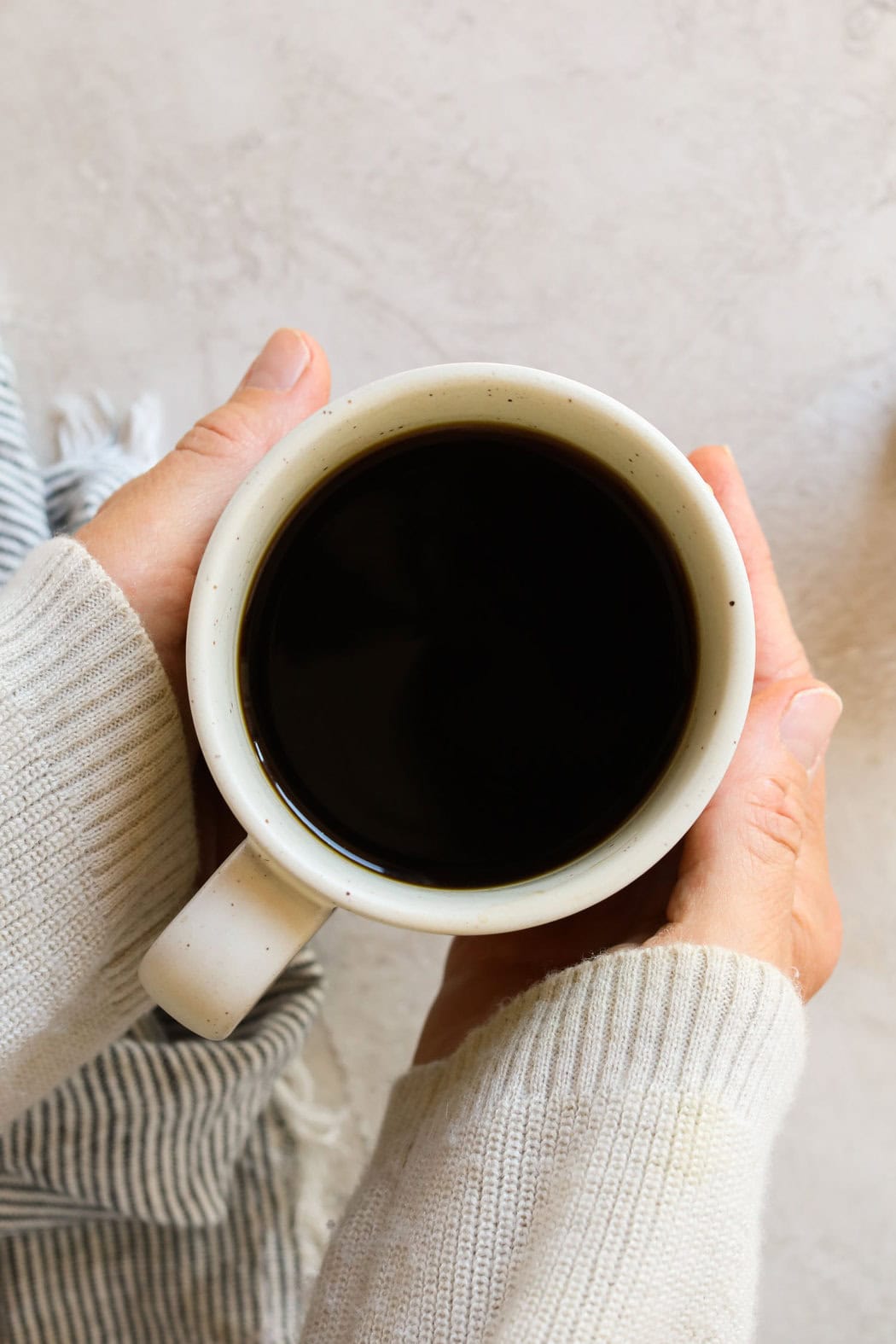
What I quickly discovered in my research was that coffee is not, in fact, just coffee. As with most popular commodities, quality can vary quite a bit. In America alone, we drink 400 million cups of coffee every day (count me in for two to three of those).
My personal take on things that I use, eat, or drink every single day (such as my mattress, my desk chair, and the coffee that I brew) is this: Quality matters!
With that in mind, I like to research those highly used purchases and make sure that:
- My choices are safe.
- My choices provide health benefits, if possible.
- They are delicious, comfortable, or satisfying in some way.
With these factors in mind, here’s how my other registered dietitian coworkers and I think about choosing the best quality coffee.
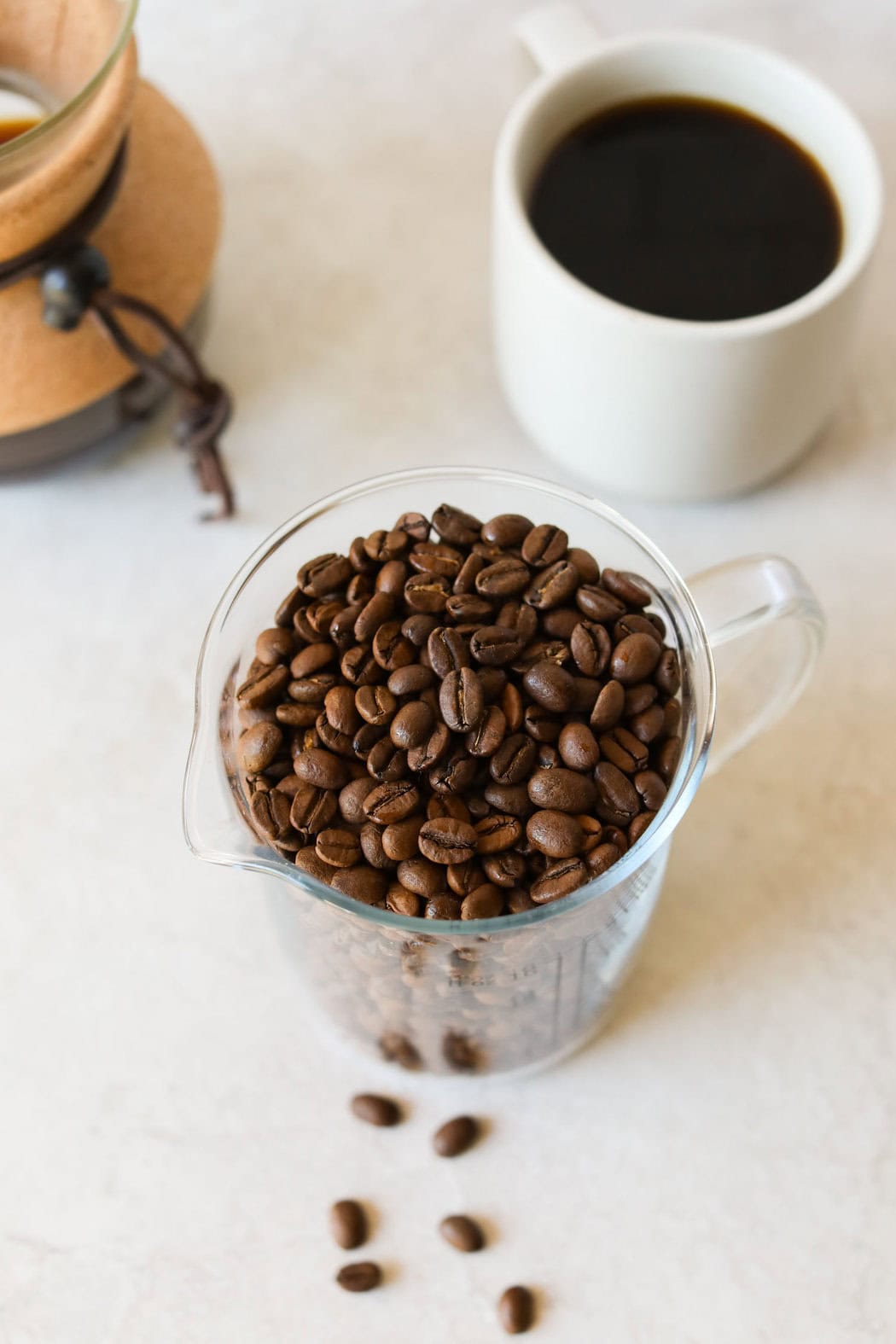
Is It Safe?
For the safest coffee, look for specialist-grade coffee, also known as Grade 1 coffee. Also, opt for coffee that is certified organic and has other certifications that deem it environmentally friendly.
Specialty Grade 1 – The highest standard of coffee with the fewest defects is classified as “specialty grade.” Low-grade beans can result from adverse climate or growing conditions, poor agricultural practices during harvesting and processing, or problems that occur during storage or transportation.
To get nearly defect-free coffee, it must be carefully sorted and, usually, single-origin coffee so that only the highest quality beans remain. Look for the words ‘specialty grade’ or ‘Grade 1’ on coffee packaging.
Safe For The Environment – When it comes to sourcing coffee, the environment (and the welfare of the people who produce it) is often the elephant in the room. But as a conscious coffee consumer, it’s something I can’t overlook. I like to source coffee that is certified organic and other certifications that indicate environmental responsibility, such as Rainforest Alliance Certified, Fair Trade Certified, Demeter Biodynamic, or Smithsonian Bird Friendly. You can look for any of these certifications on coffee labels to indicate the company’s commitment to sustainability.
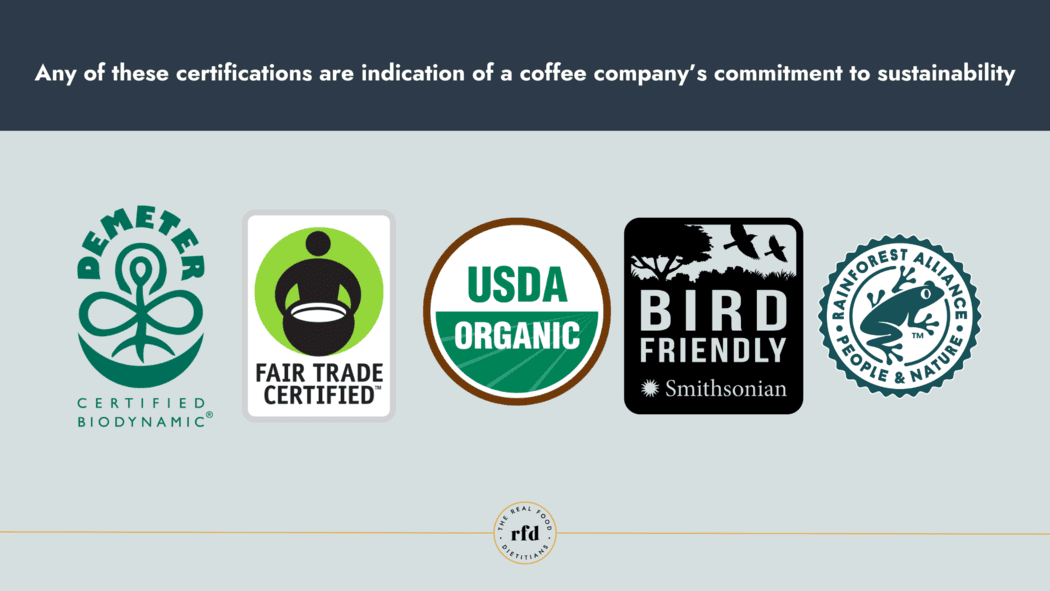
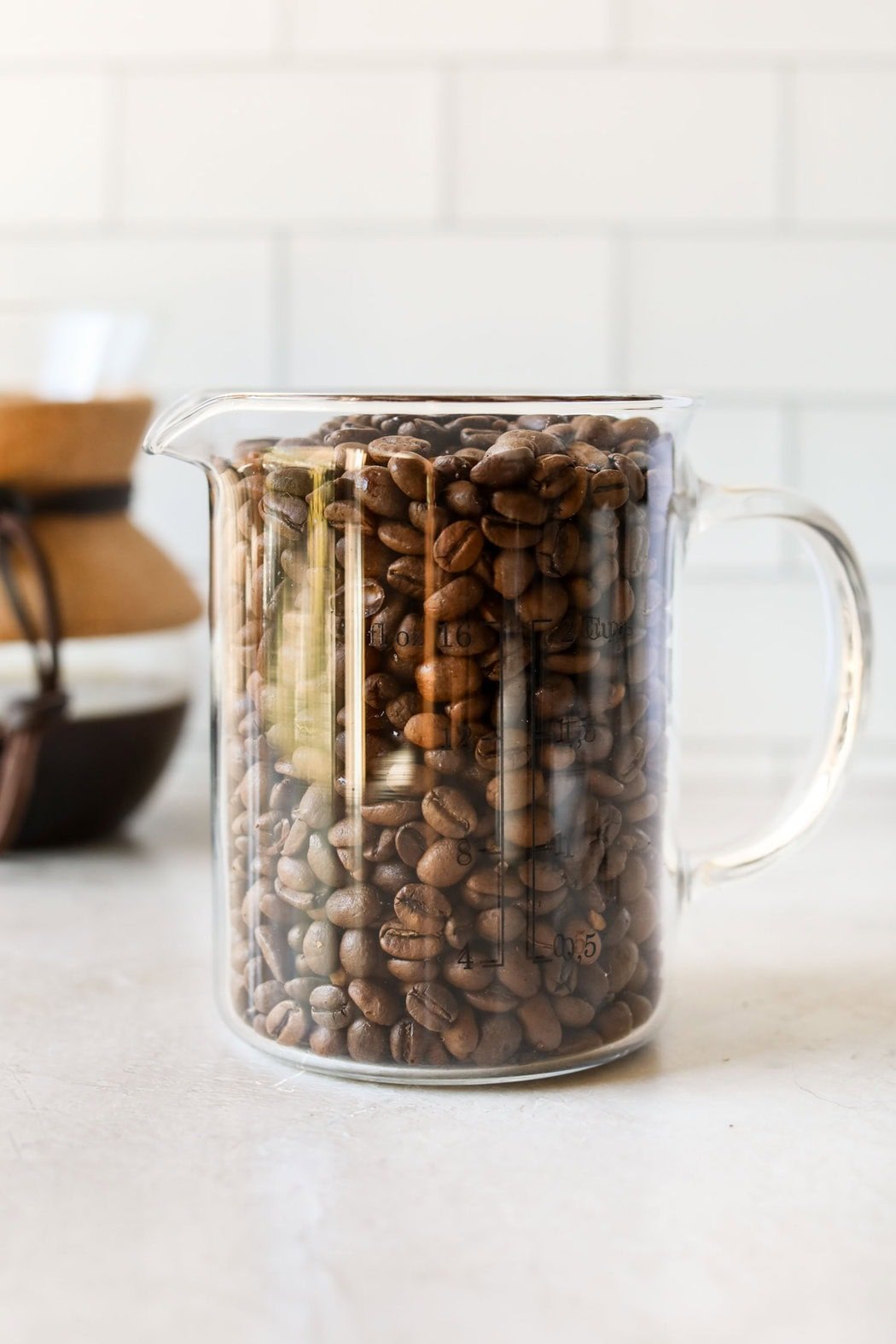
How Coffee Is ‘Graded’
For grading coffee, the Specialty Coffee Association (SCA) classification system is the gold standard for baristas. It divides beans into five different coffee grades:
- Grade 1: These are the highest-quality coffee beans and are typically used by specialty coffee roasters and cafes. Specialty coffee beans must have no primary defects, zero chance of insect defects, and no more than 5 full defects per 300 grams. They must score at least 80 points on a 100-point scale when cupped.
- Grade 2: Premium coffee beans are high-quality beans typically used by commercial coffee roasters. When cupped, they must score at least 80 points on a 100-point scale. The only difference between Grade 1 and Grade 2 beans is that these beans can have up to six defective qualities.
- Grade 3: Exchange coffee beans are medium-quality and typically traded on commodity exchanges. Supermarkets often use this variety of coffee beans, and it is acceptable for them to have between 9 and 23 full defects.
- Grade 4: Standard coffee beans are low-quality beans typically used in blends and instant coffee. They have anywhere from 24 to 86 full defects per 300 grams.
- Grade 5: Off-grade coffee beans are very low-quality beans typically used for non-food purposes, such as fertilizer. They have a high number of defects and may be damaged or moldy.
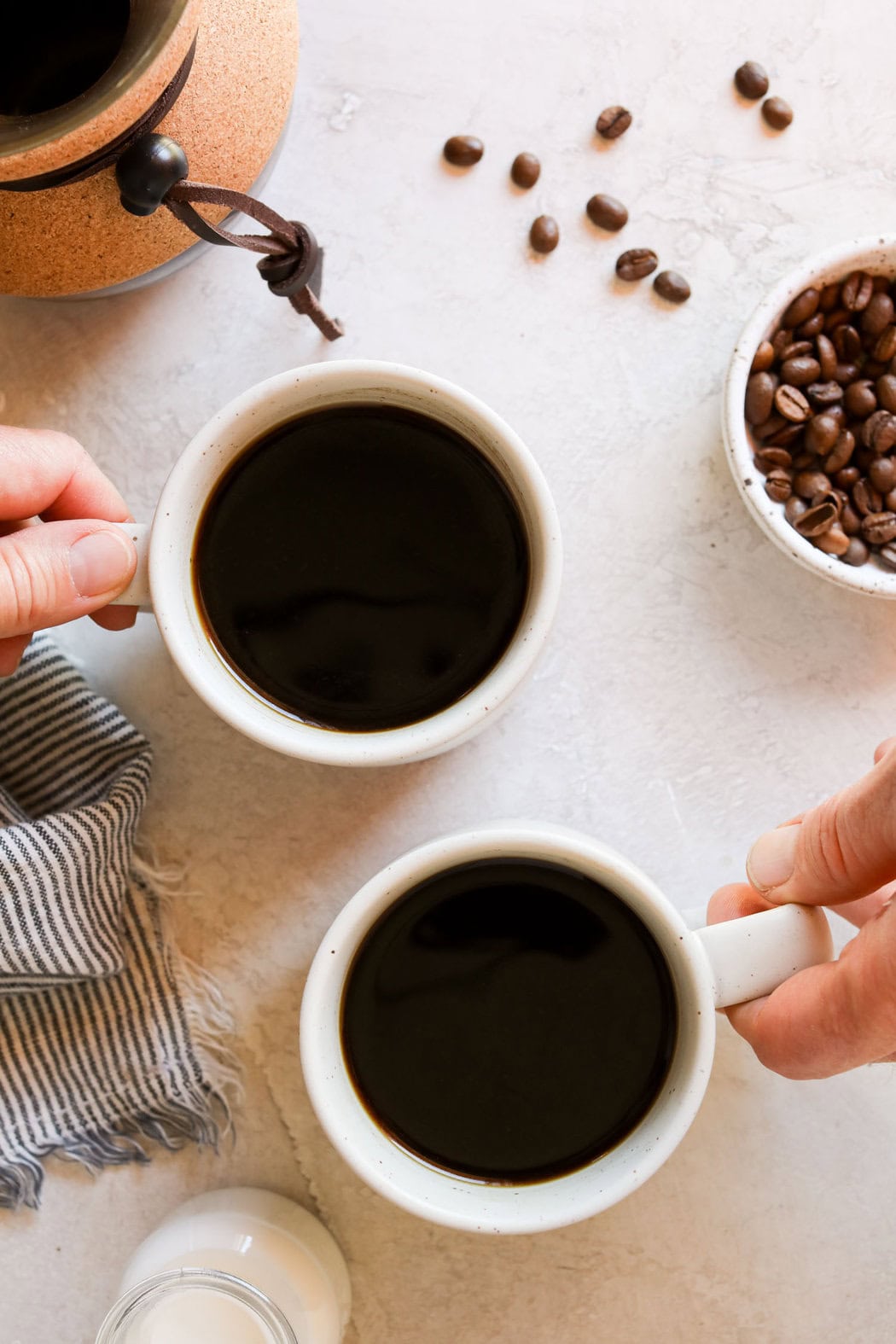
Is It Healthy?
I polled our social audience recently and asked if they believed coffee was 1) mostly good for them, 2) mostly bad for them, or 3) neutral, having no benefits or downsides. The majority (52%) believe coffee is mostly good for them, while 30% believe it is neutral.
As it turns out, the antioxidant content of coffee is super impressive and helps put this drink up there with other high antioxidant beverages like green tea and red wine.
Antioxidants
The main health benefit of drinking coffee is the antioxidants (flavonoids and phenolic acids) it provides. It’s important to know that all types and roasts of coffee contain a significant number of antioxidants, but here’s how to get the most:
- Drink coffee black – adding cream or sweeteners to coffee does reduce the antioxidant content slightly, so you’ll get more if you just drink coffee black. Personally, I add some organic half-and-half to most cups of coffee that I drink, and most research indicates that I’m still getting a significant amount of antioxidants from the coffee itself, even with creamer added.
- Hot brew coffee – coffee that is hot brewed versus cold brewed contains more antioxidants because the heat helps extract antioxidants and polyphenols from the beans. On the other hand, cold brew coffee does have some benefits: it is higher in caffeine and lower in acid than hot-brewed coffee.
- Choose lighter roasts – personally, I’m a dark roast kind of gal, but studies show that light roast coffee has slightly higher antioxidants than medium or darker roasts. That’s just the facts.
B Vitamins
Coffee contains small amounts of B vitamins, But, at very high intakes of > 4 cups of coffee daily, there is potential to lose B vitamin benefits, so stick to less than 4 cups per day.
Caffeine
If caffeine is the benefit you seek from coffee, here’s how to get the most:
- Choose Robusta beans – coffee made from Robusta beans can contain as much as twice the amount of caffeine as coffee made from Arabica beans.
- Cold brew coffee – brewing coffee with the cold-brew method (Jessica is a pro at this) results in higher caffeine concentrations.
- Roast doesn’t matter – despite popular belief, dark roast coffee does not contain more caffeine than medium or light roasts. The roast of a coffee bean really only affects its flavor.
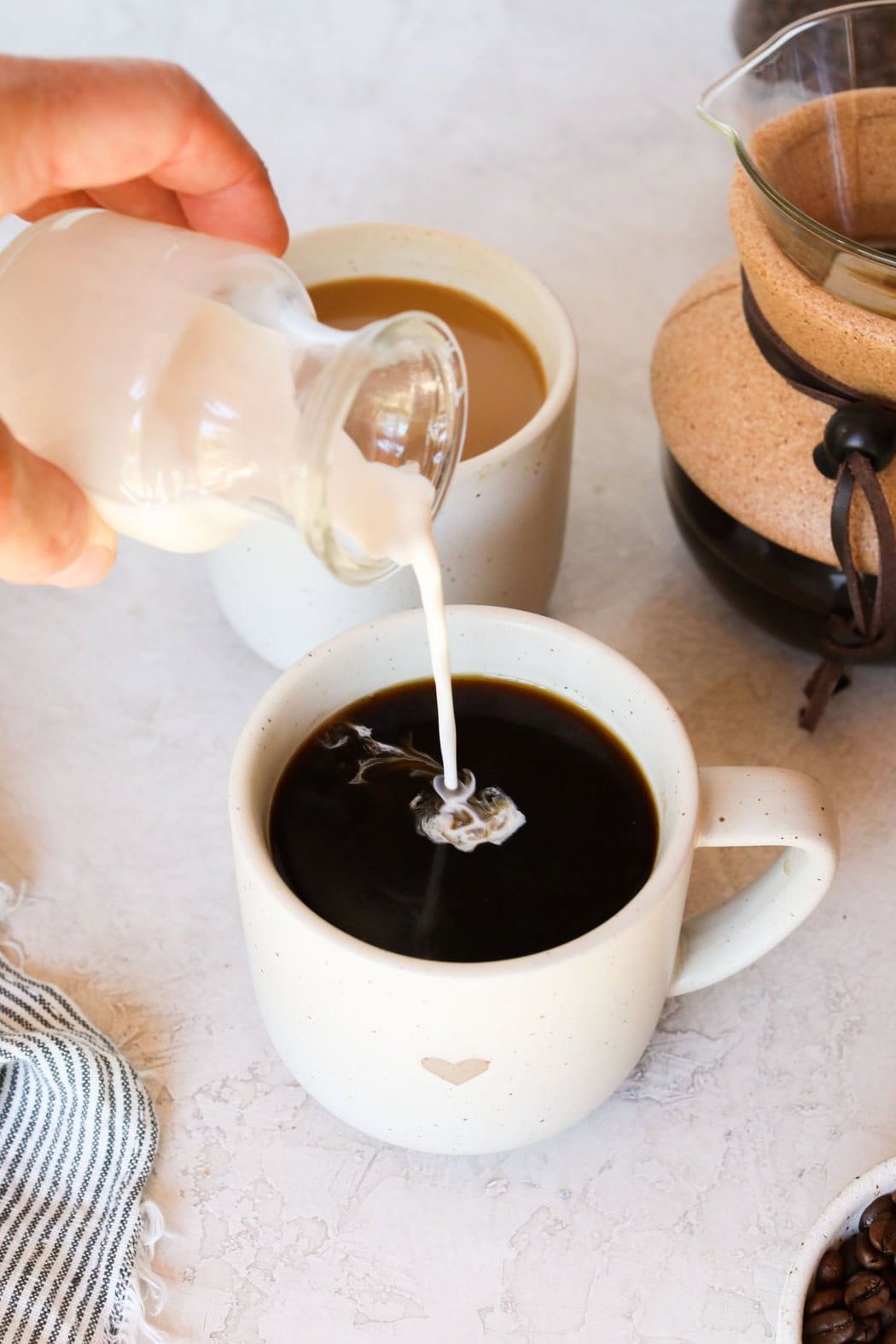
How’s The Flavor Profile?
I also polled our social audience, asking what was the single most important factor when deciding a coffee to buy. Here are the responses from more than 1,000 people:
- Taste/strength: 64%
- Free of contaminants (mold, toxins, pesticides): 15%
- Organic/sustainably sourced: 14%
- Price: 8%
It’s true that flavor is the main reason people choose and stick with coffee. And if a coffee can check all three boxes (✔️safe to drink, ✔️provides benefits, ✔️tastes great), then you have a clear winner and should feel confident in your choice.
Coffee enthusiasts believe these are the components of a great-tasting cup of brew:
- Choose Arabica beans – even though Robusta beans contain more caffeine, Arabica beans are considered to be superior in taste. Most coffee drinkers agree that Arabica coffee has a smoother, sweeter taste. Some even say you can detect tasting notes of chocolate, vanilla, berries, sugar, or nutty flavors in them.
- Pick the roast you like – the “roast” of a coffee refers to the length of time and the temperature at which the beans are roasted. Differences in those two factors affect how the coffee tastes. Light roasts tend to be more acidic and complex, medium roasts are often most fragrant, and dark roasts tend to have more body and “thickness”. For this factor, it comes down to preference. So if you taste a cup of coffee that you particularly like, try to learn more about it – what’s the type of bean, what’s the roast, who makes it, and how was it prepared? Once you know those things, you can seek out more coffees similar to that one.
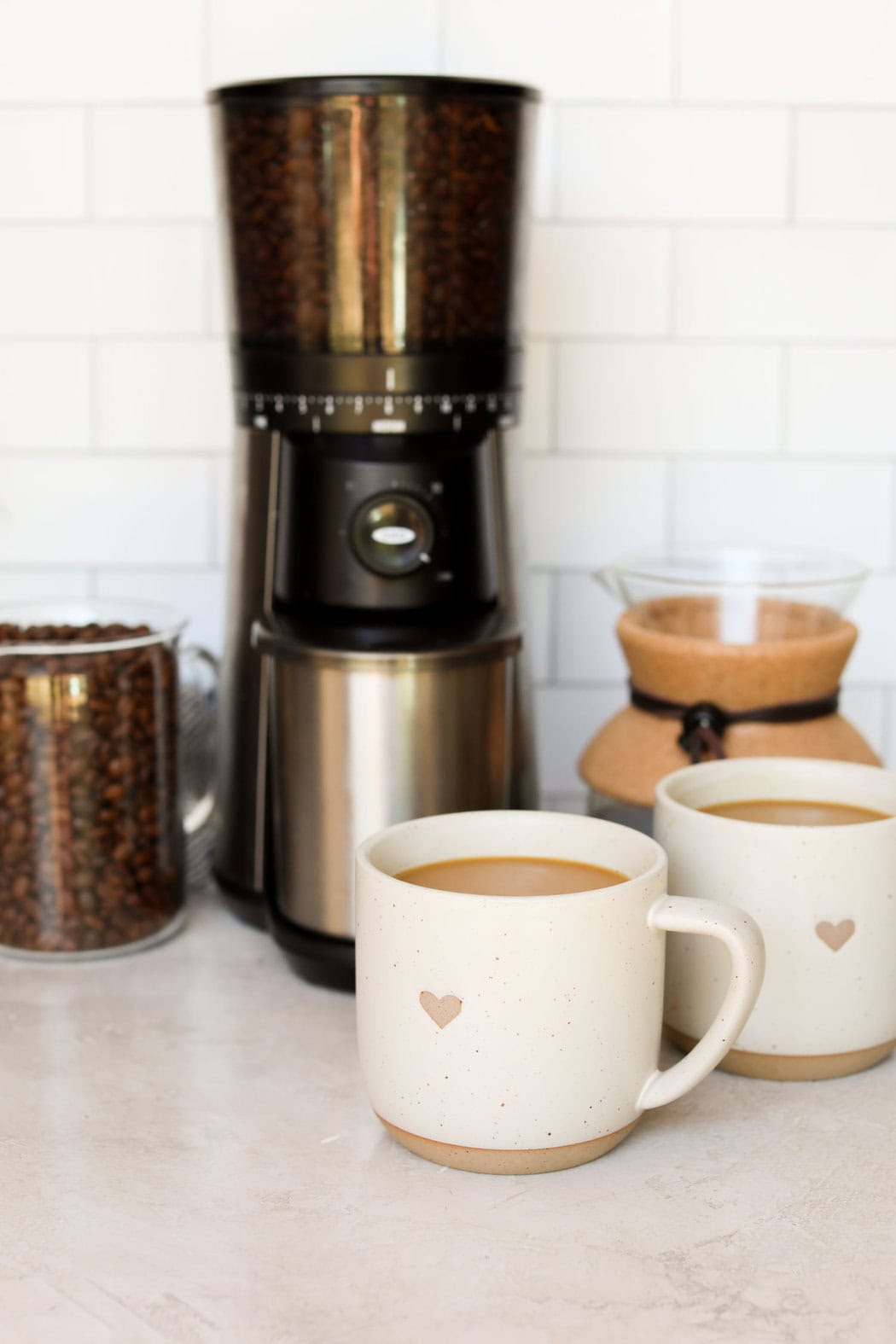
My Favorite Coffee Brands
The coffee I drink more than anything else is Purity Ease Organic Dark Roast.
It’s made from Arabica beans, a specialty grade 1 coffee that’s free of molds and mycotoxins, so I’m confident that it meets the requirement for safety. It is certified organic, shade-grown, single-origin, bird-friendly, and Demeter-certified. And it’s brewed at a temperature that helps retain and even boost the antioxidant value in a way that’s beneficial for my digestive health. So I know I’m getting some health benefits from drinking it. Plus, very importantly, it tastes great, and I look forward to drinking it every morning.
High-quality coffee brands that are Speciality Grade, mold free, and organic
These brands pass the test of being speciality grade 1, tested for mold, and USDA certified organic.
- Purity Organic Coffee — our team of RD coffee lovers drinks this every day
- Ascent Organic Coffee — another great company with high standards for their coffee beans
- Counter Culture Organic Coffee — we love this brand’s transparency and coffee education
- Lifeboost Organic Coffee — single origin coffee, 3rd-party tested, and brewed to be lower in acid
- GoodSam Organic Coffee – I had the chance to meet the GoodSam team at a trade show and learned more about their incredible supply-chain transparency to benefit all of their farmers (who are mostly women farmers). Plus, their coffee is absolutely delicious. I recommend the Colombia single-origin medium roast
More Good Coffee Drinks To Try
- Four Sigmatic — Ana loves this organic coffee, which is brewed with functional mushrooms
- MUD\WTR — a very low-caffeinated coffee alternative made from organic cacao, ayurvedic herbs, and functional mushrooms
- Intelligentsia Black Cat Espresso — my sister swears by this espresso for making the best coffee shop-quality espresso drinks at home. She sent me a bag for my birthday and I can attest that it’s so delicious when I treat myself to a homemade latte
- Stumptown Coffee — I couldn’t write a post on coffee without mentioning a Portland-based brand. This is one of my favorites
- Pop & Bottle Oat Milk Lattes — Molly and I love these delicious canned cold dairy-free coffee drinks. They’re USDA organic, sweetened with dates, and contain just 8 grams of sugar and 0 grams of added sugar
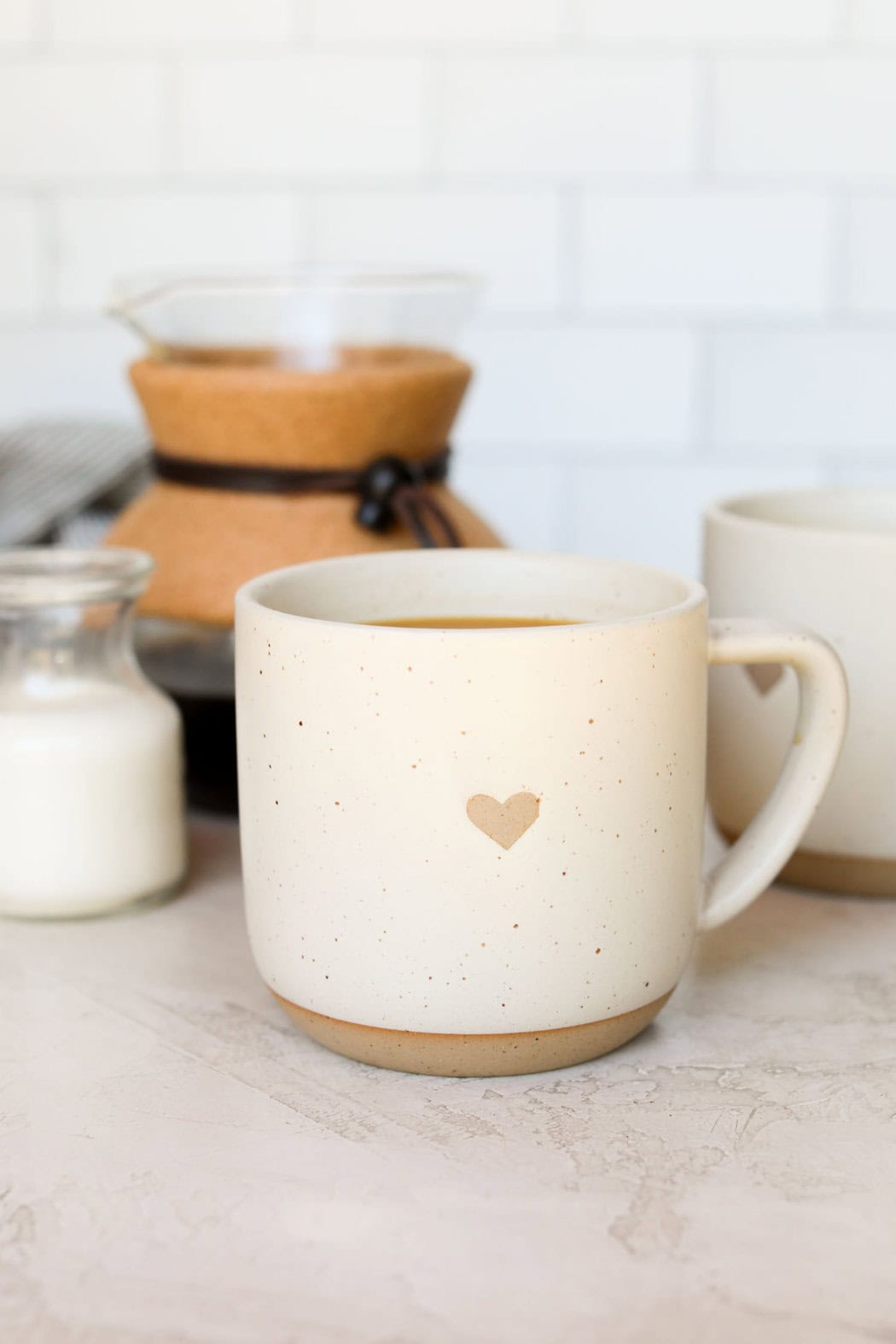
Frequently Asked Questions
There are some benefits to whole bean coffee over pre-ground, but convenience isn’t one of them. On the plus side, grinding your own coffee beans results in a fresher taste. You also get less acidity in the coffee, and a higher antioxidant quantity. On the downside, it requires a few extra minutes to make, especially if you grind roasted beans every morning. And, you need a grinder or a machine with a built-in grinder.
The only difference is in how they’re roasted and ground. Espresso beans are roasted longer, ground finer, and brewed at high pressure. They’re typically use in an espresso machine to create a stronger, more concentrated coffee.
Decaf espresso is similar to decaf coffee, with the caffeine content extracted from the green coffee beans. You can brew it the same way you would brew regular espresso beans with an espresso machine (that’s the one that Stacie, Jessica, and I all own), a moka pot (I have one of these, too), a pour-over coffee maker, or a French press.
The only way to find out if you like coffee is to taste it. And the more types of coffee you taste, the more you’ll get to learn what you like. If you happen to taste a cup of coffee somewhere – maybe at a coffee shop, restaurant, or a friend’s house – and you really, really like it, then ask what type of coffee it is. Learn the type of beans it’s made from (either Arabica or Robusta). Also ask about the roast level, the roast date, and how it was brewed.
My first introduction to the world of coffee was when I ordered an iced mocha as a teenager on a family vacation. It was sweet and good, and just a tiny bit bitter. Decades later, I now find a mocha to be too sweet for my taste. But, at the age of 16, it was a simple and naive introduction to coffee.
I think, for most people, fresh coffee is an acquired taste. It can taste pretty bitter at first, but the bitterness tends to fade the more coffee varietals you drink. And the more coffee you drink, the better you get at tasting other nuances and flavors in it.
For ultimate success, we highly recommend reading the tips in the full blog post above. All photos and content are copyright protected. Please do not use our photos without prior written permission. If you wish to republish a recipe, please rewrite the recipe in your own unique words. Link back to the source recipe here on The Real Food Dietitians. Thank you!
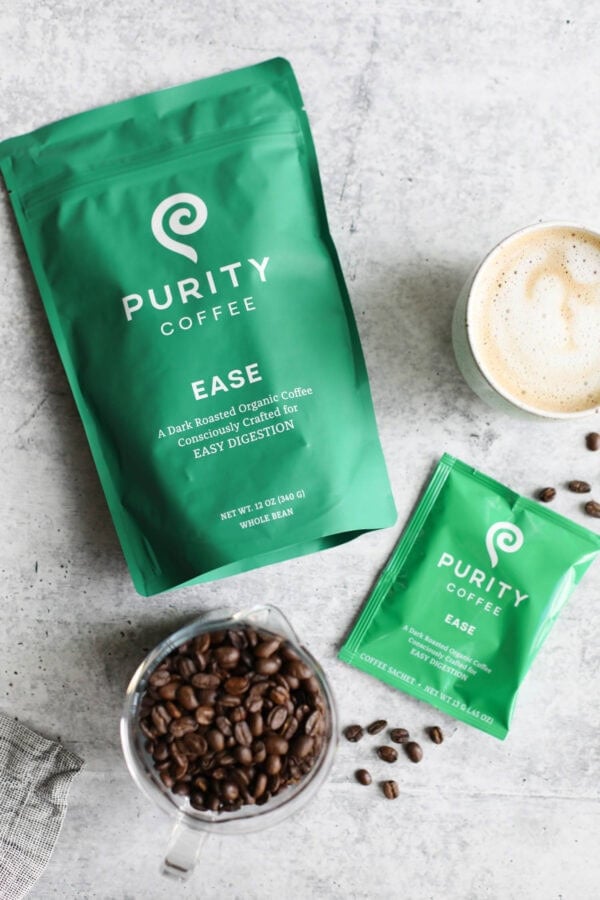
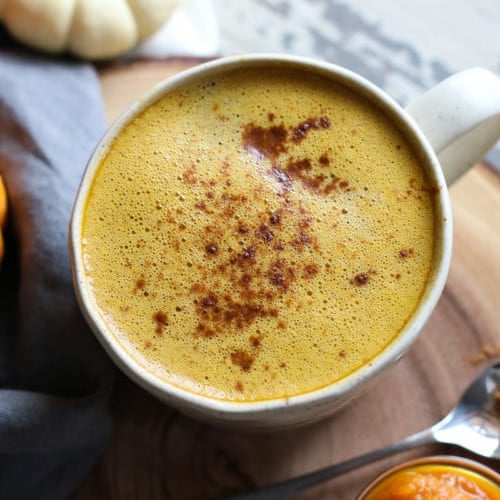

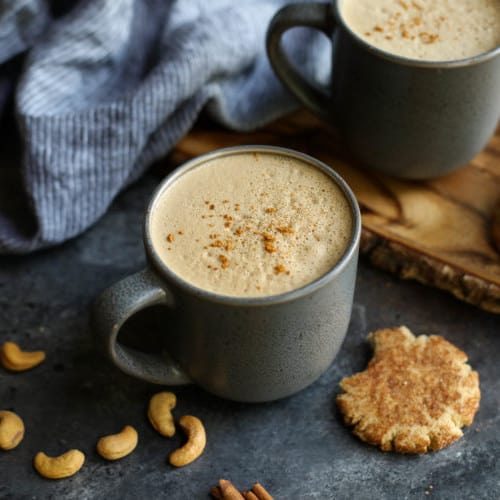
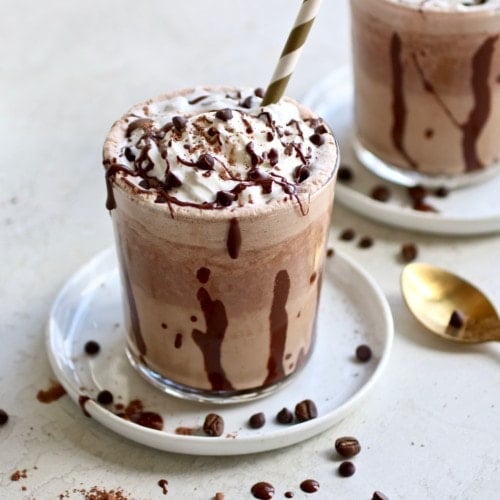
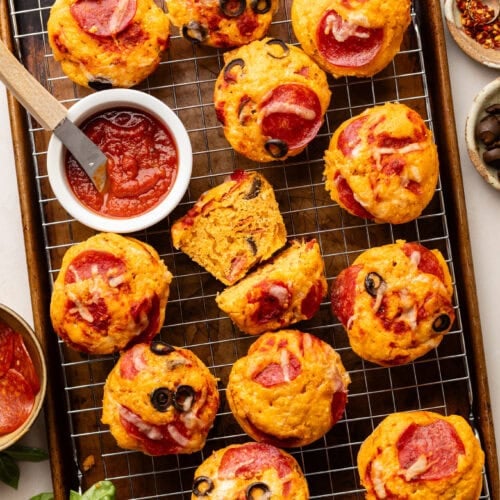
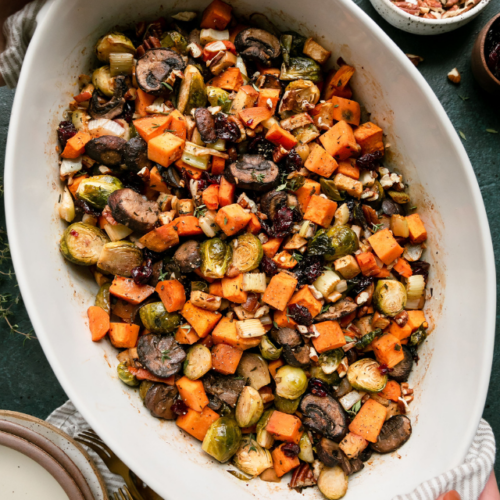
I think you have a great opportunity here to include the health research related to choosing decaffeinated coffee, specifically the difference between the different decaffeinating processes. Swiss water process I’ve learned is the better process as it doesn’t involve using chlorine or bleach or other stripping solvents.
Any other insight you have would be a great add to this post.
Thanks, Krystal. We’ll consider either updating this post or sharing another about the decaffeination process.
That’s such a helpful guide! I feel another important thing to consider would be blend or single origin. Generally, blends are better for milk. For black coffee, single origins are the preferred.
Thanks for the tip!!
I’m looking for a quality decaf instant coffee, any suggestions?
Here is a link to one we have had great feedback on,
https://amzn.to/4hkzugC
Great article Jessie! THANKYOU- I will be trying a lot of the coffee recommendations you list.